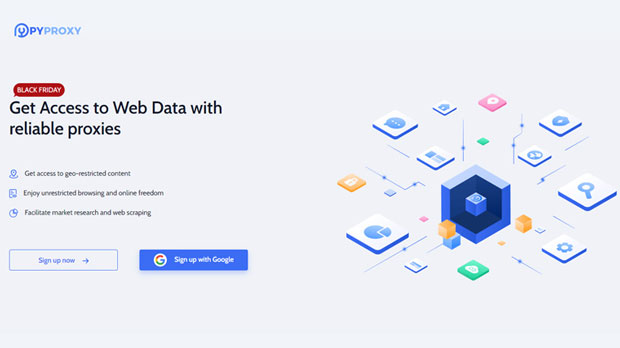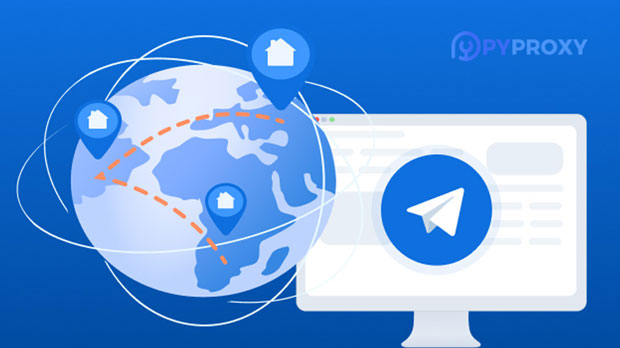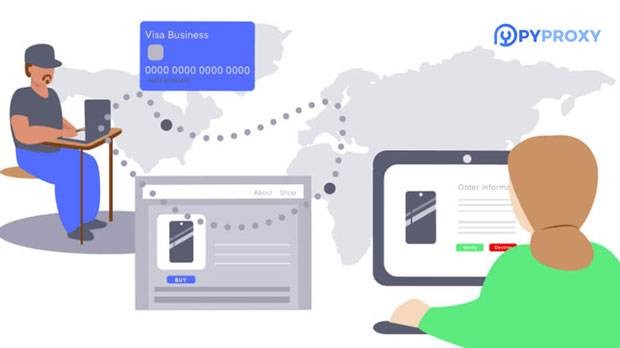Why choose a US IP Proxy Server?
The use of ip proxy servers has grown in importance in recent years, particularly in the business world. Among the many options available, US IP proxy servers have become a popular choice. This is due to their numerous benefits, including enhanced access to global markets, improved privacy and security, and the ability to bypass restrictions on online content. In this article, we will explore in-depth why businesses and individuals might choose a US IP proxy server. We will analyze how these servers can offer advantages in areas such as data security, content access, online marketing, and more. 1. Access to Global Markets and ContentOne of the main reasons for choosing a US IP proxy server is the ability to access global markets and restricted content. Many websites or online services are geo-blocked, meaning they are only available to users from specific countries or regions. By using a US-based IP proxy server, users can effectively "mask" their true location and appear as if they are accessing the internet from within the United States. This provides greater flexibility when accessing websites or services that might otherwise be unavailable in certain regions.For businesses, this means the ability to expand their reach. By using a US IP address, companies can access American-based websites, conduct research on American consumer behavior, or evaluate the effectiveness of US-based online marketing campaigns. For individuals, it allows access to streaming services, news, or entertainment that might be restricted in their region. Thus, the use of US IP proxy servers allows users to bypass regional restrictions and enjoy a broader range of content and services.2. Enhanced Privacy and SecurityPrivacy concerns have become a significant issue in the digital age. With an increasing number of cyber threats and online tracking methods, users are looking for ways to safeguard their personal information. A US IP proxy server can provide a significant layer of protection.When using a proxy server, users can hide their real IP addresses, which makes it much more difficult for hackers, data miners, or unauthorized parties to track their online activities. This ensures a higher level of anonymity while browsing the web. Additionally, users can benefit from the security protocols provided by many US proxy servers, such as encryption and firewalls, which help protect sensitive information from malicious attacks.Furthermore, businesses that rely on sensitive data may also find that US-based ip proxies offer enhanced security measures to protect their networks from unauthorized access, especially when accessing or transferring data across different regions.3. Bypassing Content and Price RestrictionsAnother notable advantage of using a US IP proxy server is the ability to bypass price discrimination and content restrictions. Many websites, including e-commerce platforms and online retailers, often implement regional pricing based on the user’s geographical location. By appearing to be in the United States, users can access US-based pricing and take advantage of better deals or discounts that might not be available in their home country.In addition to e-commerce, this advantage is also relevant for users accessing online video streaming platforms, news websites, or even subscription services. For instance, certain streaming services may have a different catalog of movies or shows depending on the user’s region. A US IP proxy server allows users to access the full catalog available in the United States, bypassing region-specific content blocks.For businesses, this can also provide a competitive advantage. By using a US-based proxy, companies can evaluate the prices of products and services from competitors in the American market, ensuring they are not missing out on opportunities.4. Improved Online Marketing and Advertising StrategiesFor digital marketers, US IP proxy servers provide an essential tool for conducting market research and testing online advertising strategies. When running campaigns on platforms like Google Ads or social media, marketers often need to assess the effectiveness of their ads in different locations or evaluate how their campaigns are performing for users in the United States. Using a US IP proxy allows them to access US-based search results and trends, test targeted ads in the American market, and better understand local consumer behavior. Moreover, businesses can optimize their website’s SEO (Search Engine Optimization) performance by monitoring how their site appears to users in different regions, including the US. Furthermore, marketers can analyze competitors’ strategies by simulating access from a US-based IP, helping them better tailor their strategies to the specific needs and preferences of American consumers. This provides critical insights that can lead to more effective marketing campaigns, improved conversion rates, and better overall business performance.5. Unrestricted Access to Sensitive InformationMany industries deal with sensitive information that is often subject to regional restrictions. For example, researchers in technology, pharmaceuticals, or finance may require access to US-based databases, reports, or datasets. A US IP proxy server provides a secure method for accessing this critical information without the risk of geographical barriers.In addition, some government websites or academic research portals may only be accessible from specific locations, particularly from within the United States. By using a US IP address, individuals and businesses can bypass these restrictions and gain access to necessary resources that may be vital to their work or research.6. Enhancing Business CompetitivenessIn today’s highly competitive global market, staying ahead of competitors is crucial. Using a US IP proxy server can give businesses a distinct edge by providing access to the US market, one of the largest and most influential in the world. This advantage is not limited to market research alone; businesses can also monitor trends, analyze competitors’ websites, and adapt their own services to meet the demands of American consumers.By leveraging a US-based proxy server, companies can stay up-to-date with the latest market trends, access valuable customer insights, and make informed decisions that will allow them to stay competitive in their respective industries.ConclusionThe use of a US IP proxy server offers a range of advantages, from accessing global markets and content to enhancing privacy, security, and business competitiveness. Whether for individual use or for businesses looking to improve their online presence, the benefits of using a US IP proxy server are clear. It allows users to bypass geographical restrictions, take advantage of better pricing, access sensitive information, and stay ahead of competitors in an increasingly digital world.By understanding these key benefits, users can make informed decisions about incorporating US IP proxy servers into their strategies, ultimately improving their online experience, business efficiency, and security.
2025-02-10
























































